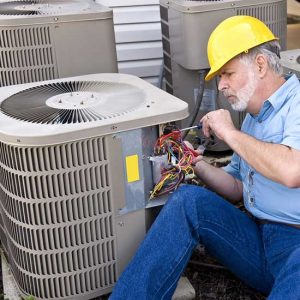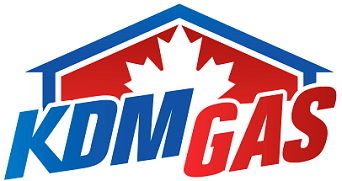When the temperature becomes unbearable, we rely on our air conditioners to work their magic like they do every year. There are few things in life more frustrating than having your unit  break down when you need it the most. Today we’ll be going over some common A/C problems so you can know when it’s time to call a professional. Don’t leave your comfortable summer in the hands of chance!
break down when you need it the most. Today we’ll be going over some common A/C problems so you can know when it’s time to call a professional. Don’t leave your comfortable summer in the hands of chance!
Low Refrigerant
The refrigerant is the stuff that your unit uses to remove the heat and humidity from the surrounding area. If leaks develop in your system’s refrigerant lines, you might not have enough left to effectively cool the air. Fixing this issue isn’t as simple as replacing the refrigerant. Professional help is required to locate the leaks and repair the holes in the lines, which could end up being a long and expensive process.
Fan Problems
There’s a fan that blows indoor air over your A/C’s evaporator coil and another that blows air over the outdoor unit’s condenser. If either of these fans aren’t working properly, due to a broken motor, worn belts, or too much debris, you can end up with poor airflow and other various problems. Neglecting this issue can ultimately lead to compressor failure, which is often the kiss of death for your air conditioner.
Frozen Evaporator Coils
Your unit’s evaporator coil is filled with refrigerant and is responsible for absorbing heat from the air like a sponge. These coils need warm air circulating around them in order to work properly. When something goes wrong with the airflow and the evaporator coil gets too cold, a layer of ice can build up on the outside of your unit. When this happens, you’ll get warm air or none at all coming from your air conditioner.
Dirty Condenser Coils
The condenser coils get rid of the heat removed from the air by expelling it outside the building. It won’t work too well when it’s covered in dirt and grime. This is a very common issue in urban areas with large amounts of air pollution. If this happens, heat transfer is impeded, and your air conditioner has to work harder to do its job. This can lead to increased wear on the parts and even system failure.
